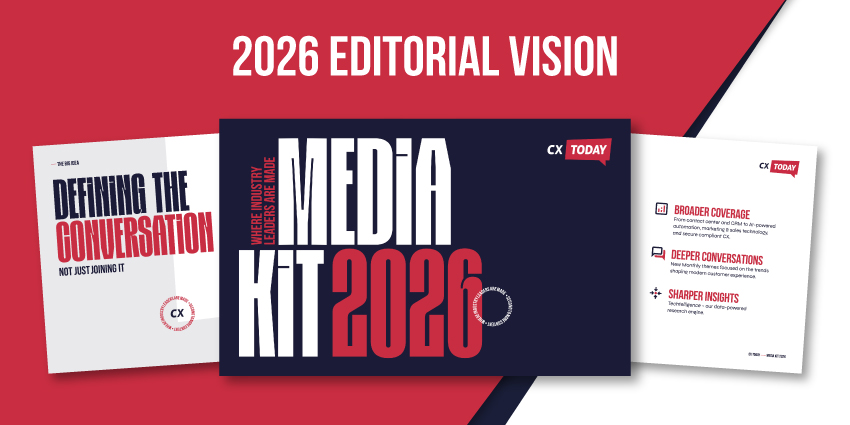First contact resolution (FCR) measures the percentage of contacts agents resolve in a single contact.
Splitting the metric between contact reasons helps highlight issues in the call handling process for particular queries, driving customer effort.
Also, companies can split FCR between various agents, which is a helpful exercise in pinpointing individuals that may benefit from additional coaching.
Through such use cases, the value of FCR is clear. Yet, there is no standard way to collect the data to calculate the metric, making measurement tricky. It also means that companies must be careful when using external FCR benchmarks.
Fortunately, the equation to calculate FCR rates always remains the same. Indeed the FCR formula is:

So, for example, if a company answers 80 contacts out of 100 on the first try, its FCR rate is 80%.
Yet, how can companies measure how many queries they resolve at the first attempt? There are three common approaches.
1. Measuring Repeat Contacts in a Given Timeframe
The approach measures whether customers reach out for support again – within a particular period – following their previous interaction.
If the customer does not reach out again within the next seven days – for example – the ticket is considered resolved at the first contact.
2. Asking Customers Post-Contact
The contact center directly asks the customer if it was able to resolve the query in a post-call survey. The customer responds with a “yes” or “no”, and that data feeds into the FCR formula.
Sometimes, agents conduct this survey themselves or pass the customer back through to the IVR, which runs the survey. Alternatively, the contact center may send out an SMS or email-based survey shortly after the conversation’s conclusion.
3. Measuring Repeat Contacts in the CRM
Contact centers can measure when a customer calls back regarding the same query by tagging each call with a disposition code.
Analytics technologies can enhance this process by automatically tagging calls to remove agent input.
Which Is Best?
The third option offers the most accurate reflection of FCR – yet each method has its drawbacks.
For starters, when measuring repeat contacts over a timeframe, the contact center is unsure whether it is a second contact regarding the same query or if the customer is opening up a new ticket.
When asking customers, the contact center must be careful of the timeframe they give them. If they pop the question as soon as the first interaction ends, the customer may not yet have realized the need for a second contact – meaning that the data is unreliable. Of course, to avoid this problem, contact centers can send out a post-call survey a little while after the interaction. However, response rates will likely suffer, while the risk of survey fatigue may creep in.
Finally, the third method hinges on the reliability of call disposition data in the CRM. Historically, such data is inaccurate – as disposition codes are rarely updated, and agents often rush the process. Yet, by automating contact dispositioning through speech analytics, contact centers can accurately view FCR across 100% of customer conversations. The only potential issue here is that analytics is perhaps a little expensive for smaller operations.
Benefits of Measuring First Contact Resolution
Collecting the necessary data to calculate FCR is challenging. But, by taking the time to do so, contact centers can:
- Enhance customer experience – When multiple interactions are necessary to resolve the same query, it negatively impacts customer satisfaction. Measuring and improving FCR helps address this.
- Boost contact center efficiency – A high first contact resolution rate means that contact centers can reduce customer demand. Operations may then lower their staffing requirement and cut costs.
- Identify channel inefficiencies – Channel misconfigurations may make resolving queries in the first instance challenging. Only by measuring FCR can operations identify and fix these inefficiencies.
Finally, companies can lower customer effort by measuring FCR and improving the metric. As effort is the most significant factor in increasing customer loyalty amongst Gen Z customers – according to a 2022 Talkdesk study – FCR becomes an ever more critical contact center consideration.







